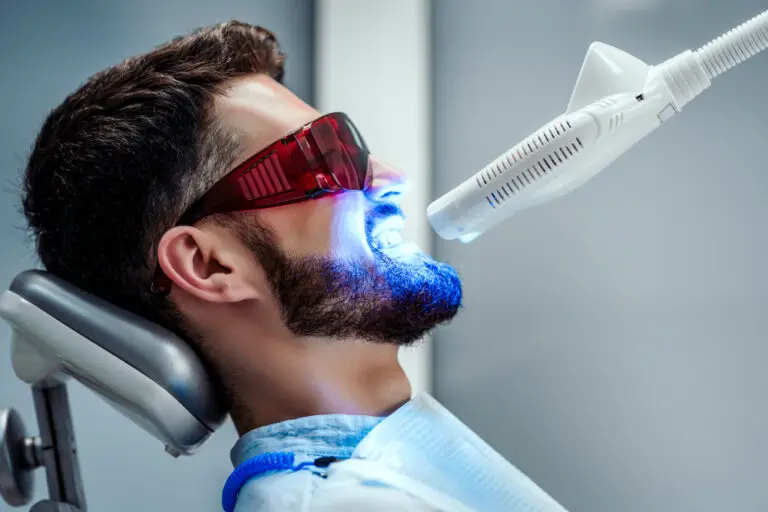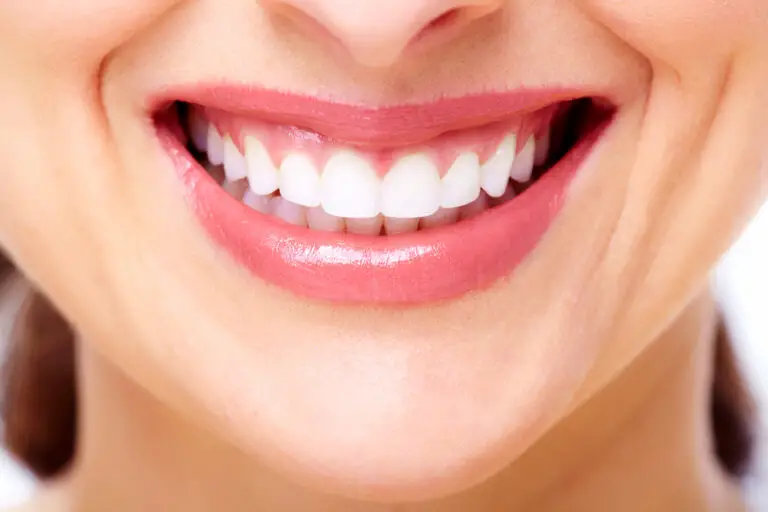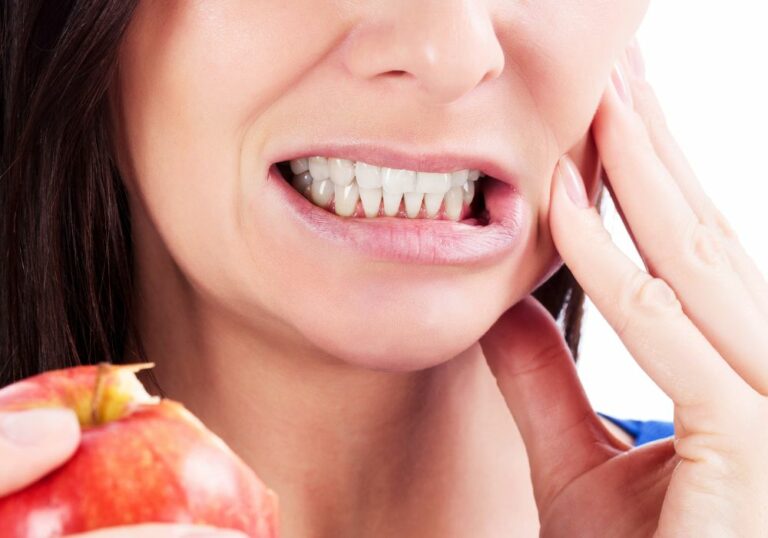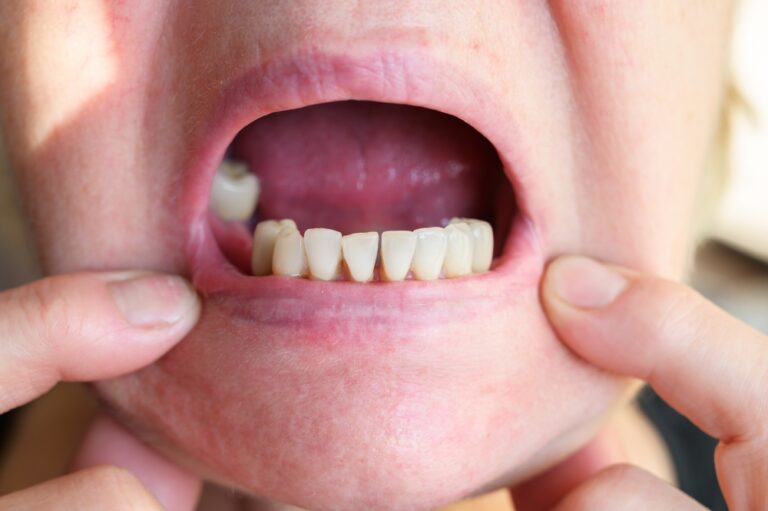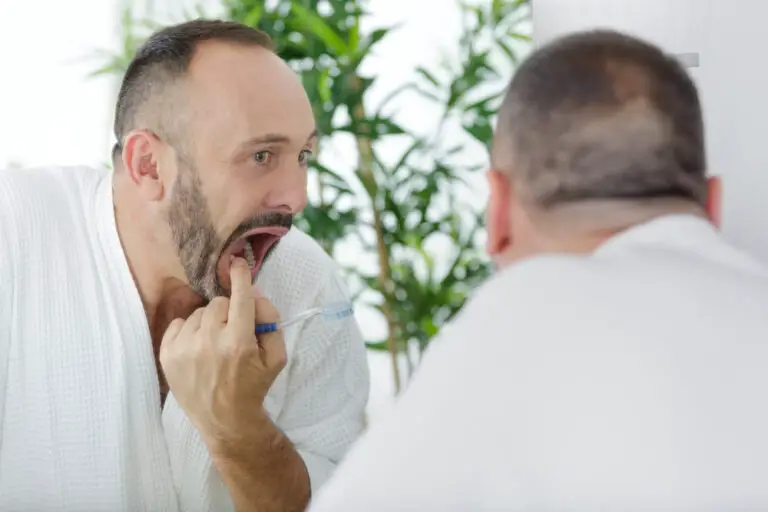Teeth shifting is a common dental issue that affects many people. It occurs when teeth move from their original position, causing malocclusion or misalignment. Teeth can shift for various reasons, including tooth loss, aging, dental disease, and not wearing retainers after orthodontic treatment.
The good news is that shifted teeth can be fixed. Treatment options depend on the severity of the shift and the cause. In some cases, simple measures like wearing a retainer can help correct minor shifts. However, more severe cases may require orthodontic treatment, such as braces or clear aligners, to realign the teeth. In this article, we will explore the causes of teeth shifting, treatment options, prevention tips, and when to consult a dentist.
Key Takeaways
- Teeth shifting is a common dental issue that can cause malocclusion or misalignment.
- Treatment options depend on the severity of the shift and the cause, ranging from wearing a retainer to orthodontic treatment.
- Regular dental checkups and good oral hygiene practices can help prevent teeth shifting.
Understanding Teeth Shift
Teeth shift is a common dental problem that can happen to anyone. It occurs when teeth move from their original position, causing gaps, overlapping, or crowding. Understanding the causes and symptoms of teeth shift can help you identify the problem early and prevent it from getting worse.
Causes of Teeth Shift
There are several causes of teeth shift, including:
- Age: As you age, your teeth can shift due to changes in the bone structure of your mouth.
- Genetics: Some people are more prone to teeth shift due to their genetics.
- Mouth breathing: Breathing through your mouth can cause dryness, which can lead to teeth shift.
- Teeth grinding: Grinding your teeth can put pressure on them, causing them to shift.
- Tooth loss: Losing a tooth can cause the surrounding teeth to shift.
Symptoms of Teeth Shift
The symptoms of teeth shift can vary from person to person. Some common symptoms include:
- Visible gaps between teeth
- Overlapping teeth
- Increased tooth sensitivity
- A change in your smile
- A retainer or other appliance that no longer fits
- Tooth pain
If you notice any of these symptoms, it is important to see your dentist as soon as possible. Your dentist can help you identify the cause of your teeth shift and recommend the appropriate treatment.
In the next section, we will discuss how to fix shifting teeth.
Can Shifted Teeth be Fixed?
Shifted teeth can be fixed in a variety of ways, depending on the cause and severity of the shifting. Here are some common methods for fixing shifted teeth:
- Braces: Braces are a common treatment for shifted teeth. They work by applying pressure to the teeth to gradually move them back into their proper position. Braces can be used to fix a variety of dental issues, including crooked teeth, overcrowding, and gaps between teeth.
- Retainers: Retainers are often used after braces to help keep the teeth in their new position. They can also be used on their own to fix minor shifting. Retainers work by holding the teeth in place while the surrounding bone and tissue adjust to their new position.
- Clear aligners: Clear aligners, such as Invisalign, are an alternative to traditional braces. They work by using a series of clear, removable aligners to gradually move the teeth into their proper position. Clear aligners are often preferred by adults who want a more discreet treatment option.
- Dental bonding: Dental bonding is a cosmetic treatment that can be used to fix minor shifting. It involves applying a tooth-colored resin to the surface of the teeth to reshape them and improve their appearance.
- Veneers: Veneers are another cosmetic treatment that can be used to fix minor shifting. They involve placing thin, custom-made shells over the front of the teeth to improve their appearance and correct minor alignment issues.
It’s important to note that the best treatment for shifted teeth will depend on the individual case. It’s important to consult with a dentist or orthodontist to determine the best course of treatment. With the right treatment, shifted teeth can be fixed and a beautiful, healthy smile can be restored.
Treatment Options

There are several treatment options available for fixing shifted teeth. The most common treatments include orthodontic braces, Invisalign, and retainers.
Orthodontic Braces
Orthodontic braces are a popular and effective treatment option for correcting shifted teeth. Braces consist of metal or ceramic brackets that are attached to the teeth and connected by wires. The wires apply pressure to the teeth, gradually moving them into the desired position.
Orthodontic braces are typically worn for 1-3 years, depending on the severity of the shifting. During this time, patients will need to visit their orthodontist regularly to have the braces adjusted.
Invisalign
Invisalign is a newer treatment option that uses clear, removable aligners to straighten teeth. Invisalign aligners are custom-made for each patient and are changed out every few weeks to gradually move the teeth into the desired position.
Invisalign is a popular option for adults who want to straighten their teeth without the noticeable appearance of traditional braces. Treatment time with Invisalign varies depending on the severity of the shifting, but typically lasts 6-18 months.
Retainers
Retainers are a common treatment option used after braces or Invisalign to prevent teeth from shifting back into their original position. Retainers can be removable or fixed, and are typically worn for several months to several years.
It’s important to wear retainers as directed by your orthodontist to prevent teeth from shifting back into their original position. Failure to wear retainers as directed can result in the need for additional orthodontic treatment.
In summary, orthodontic braces, Invisalign, and retainers are all effective treatment options for fixing shifted teeth. Consult with your orthodontist to determine which treatment option is best for you.
Prevention Tips
Taking preventive measures can help you avoid teeth shifting. Here are some tips to keep your teeth in their proper positions:
- Wear your retainer: After orthodontic treatment, it’s essential to wear your retainer as directed by your dentist. Wearing your retainer will help prevent your teeth from shifting back to their original positions.
- Maintain good oral hygiene: Brushing twice a day and flossing daily can help prevent gum disease, which is a common cause of teeth shifting. Gum disease can cause the bone that supports your teeth to deteriorate, leading to loose teeth and shifting.
- Avoid grinding your teeth: Grinding your teeth can cause them to shift over time. If you grind your teeth, talk to your dentist about getting a mouthguard to wear at night.
- Don’t use your teeth as tools: Using your teeth to open packages or bite your nails can put pressure on them and cause them to shift.
- Visit your dentist regularly: Regular dental checkups can help detect any dental issues early on, preventing them from causing teeth shifting.
By following these tips, you can help prevent teeth shifting and keep your smile healthy and beautiful.
When to Consult a Dentist
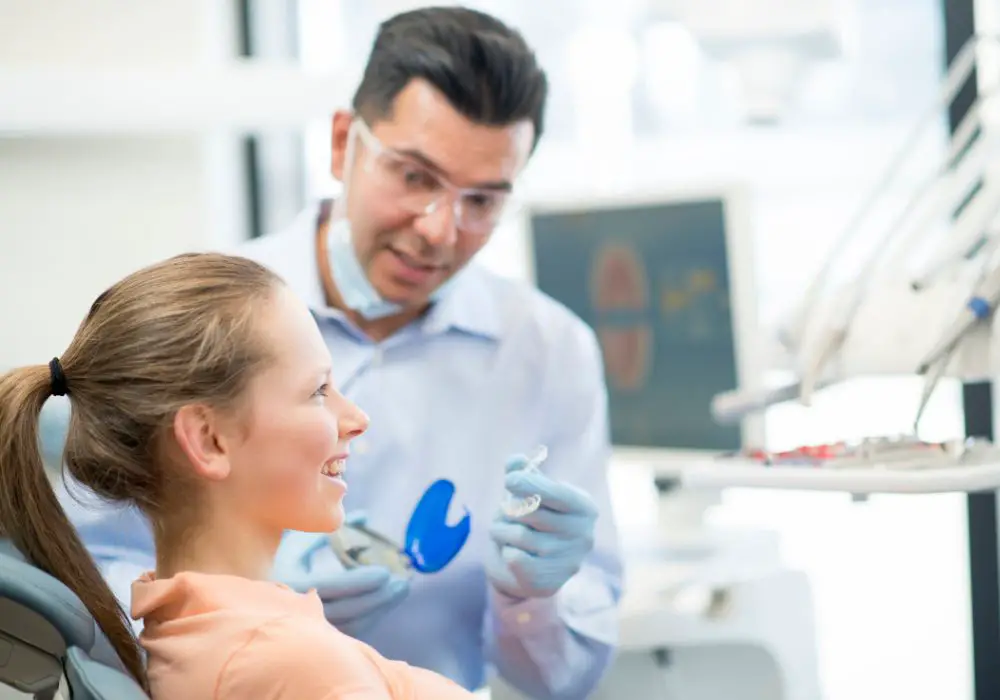
If you notice that your teeth are shifting, it is important to consult a dentist as soon as possible. Here are some signs that you should watch out for:
- Gaps or spaces between teeth
- Crowding of teeth
- Crooked teeth
- Pain or discomfort in the teeth or jaw
- Difficulty biting or chewing
- Changes in the appearance of your smile
A dentist can help diagnose the cause of your shifting teeth and recommend the appropriate treatment. Some common causes of shifting teeth include:
- Aging
- Gum disease
- Tooth decay
- Trauma to the teeth or jaw
- Missing teeth
- Bruxism (grinding or clenching of teeth)
- Orthodontic relapse (teeth shifting back after braces)
Depending on the cause of your shifting teeth, your dentist may recommend one or more of the following treatments:
- Braces or clear aligners to straighten teeth
- Retainers to prevent further shifting
- Dental implants or bridges to replace missing teeth
- Gum disease treatment
- Fillings or crowns to repair damaged teeth
- Mouthguards to protect teeth from bruxism
Remember, the earlier you seek treatment for shifting teeth, the better your chances of preventing further damage and achieving a healthy, beautiful smile.
Frequently Asked Questions
How to fix teeth shifting
If you have experienced teeth shifting, there are several options available to fix it. Orthodontic treatment, such as braces or clear aligners, can help realign your teeth. In some cases, dental bonding or veneers may be used to correct minor shifting.
How to stop teeth from shifting after extraction
After tooth extraction, it is important to follow your dentist’s instructions to prevent teeth from shifting. Wearing a retainer as directed can help maintain the position of your remaining teeth. In some cases, orthodontic treatment may be necessary to prevent shifting.
Why do my teeth move so fast without retainer
Without a retainer, your teeth can move quickly due to the natural shifting that occurs throughout your life. This movement can be more pronounced in some individuals, causing crookedness and sometimes pain in the teeth.
When do your teeth stop shifting after braces
After orthodontic treatment, it is important to wear a retainer as directed to prevent teeth from shifting. Your teeth may continue to shift slightly throughout your life, but the most significant movement typically occurs within the first year after braces.
What to do if my teeth shifted?
If your teeth have shifted, it is important to consult with your dentist or orthodontist. They can recommend the best course of treatment to correct the shifting and prevent further damage.
How do dentists fix shifted teeth?
Dentists may use a variety of methods to fix shifted teeth, including orthodontic treatment, dental bonding, veneers, or other cosmetic procedures. The best treatment option will depend on the severity of the shifting and the individual’s unique needs.

